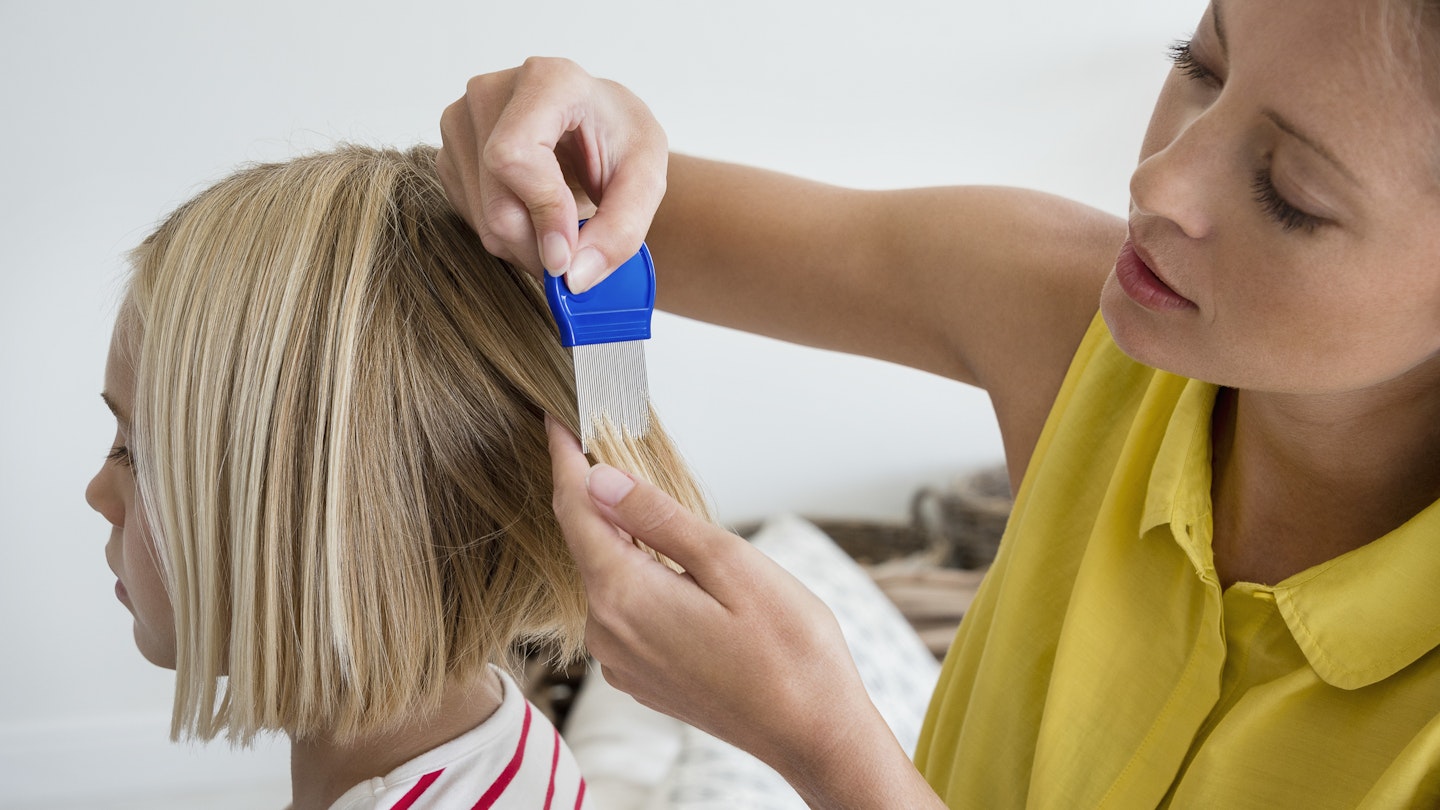Head lice are every parents’ nightmare – they're tiny insects that live in the hair and are super common in toddlers and children. Don't worry though, because they're pretty harmless. That said, head lice will continue to live on your tots’ scalp for a long time if untreated, so it’s a good idea to learn how to treat them.
What are head lice?
Head lice are tiny grey-brown insects that live in human hair. They are human parasites and need human blood in order to survive. There’s a myth that head lice only like dirty hair. ‘In fact, a head lice infestation can affect all types of hair irrespective of its condition and length,’ says Dr Lida Kourita, of the Royal College of Paediatrics and Child Health.
The female head louse lays eggs on the scalp, which hatch after seven to ten days and are roughly the size of a pinhead. While the lice grow to the size of a sesame seed over the next six to ten days, feeding on blood from biting the scalp, the empty white eggshells stay where they were laid – these are known as nits.
What's the difference between head lice and nits?
Nits are the empty egg white eggshells the head lice hatch from. If you spot nits in your child’s hair, it’s usually a good indicator your little one has head lice. Nits are usually found behind the ears and at the back of the neck.
Are head lice contagious?
Lice spread really easily, so if your little one's infected then it’s best to keep them away from other people until they've been treated. ‘They spread by human head-to-head contact, climbing from the hair of an infected person to the hair of someone else,’ Dr Kourita explains.
What's the head lice life cycle?
A female head louse will lay between three to five eggs a day. These will hatch seven to ten days later and then take another seven to ten days for the females to mature and start laying their own eggs.
What are the symptoms of head lice?
Spotting head lice might be tricky, but there are usually a few tell-tale signs:
-
Itching: This is brought on by an allergic reaction to the lice.
-
Using a fine-toothed comb to find lice or nits in the hair.
-
Spotting small white eggs behind the ears or at the back of the neck.
How can you treat head lice?
-
Head lice shampoo: Normal shampoo will not remove head lice – in fact, when in water, head lice will stop moving and lock themselves onto the hair. There are a number of different lotions and sprays you can use to treat the problem. However, please remember not all of these will be safe if you’re pregnant or breastfeeding – always check with your GP if you are unsure. Browse through our gallery below to find the best products to treat head lice.
-
Head lice comb – wet detection combing: Time consuming but effective, separate your tot’s hair into sections and use a specially designed fine-toothed comb to remove all head lice and nits. You’ll need to wash the hair first and comb through the hair when it is still wet, repeating the action through the same stand several times and clean the comb after each stroke. You’ll need to repeat the combing on days five, nine and 18 so that you can get rid of the lice as they hatch. There are also various forms of electric and UV nit combs on the market, yet the effectiveness of these products isn’t really known. Browse through our gallery below to find the best products to add to your shopping basket.
-
Head lice home remedies: According to the NHS, herbal remedies and the use of tree and plant oils such as tea tree oil, eucalyptus oil and lavender oil aren't recommended in the treatment of head lice and nits, as they aren't thought to be effective.
Head lice
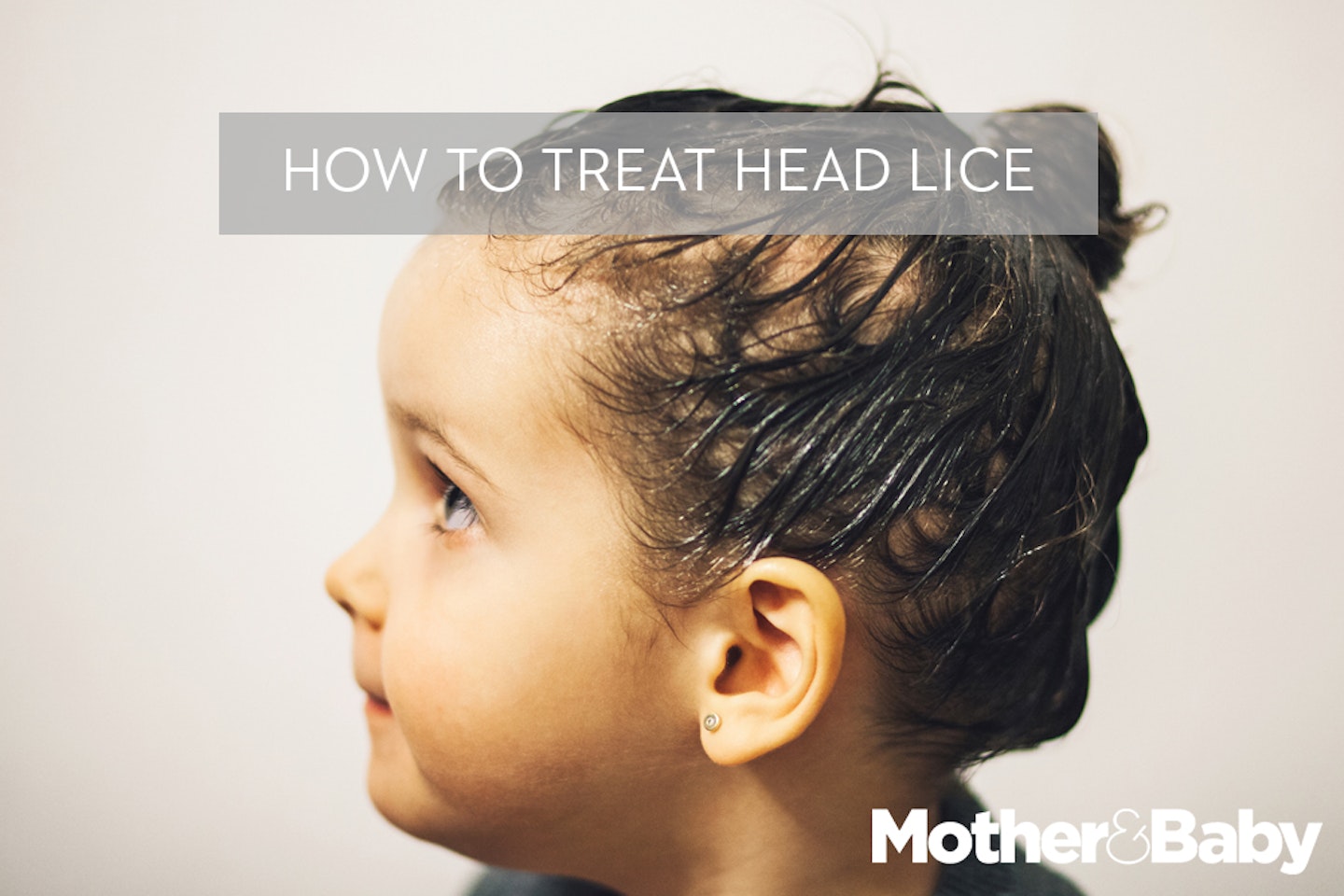 1 of 9
1 of 9headlice
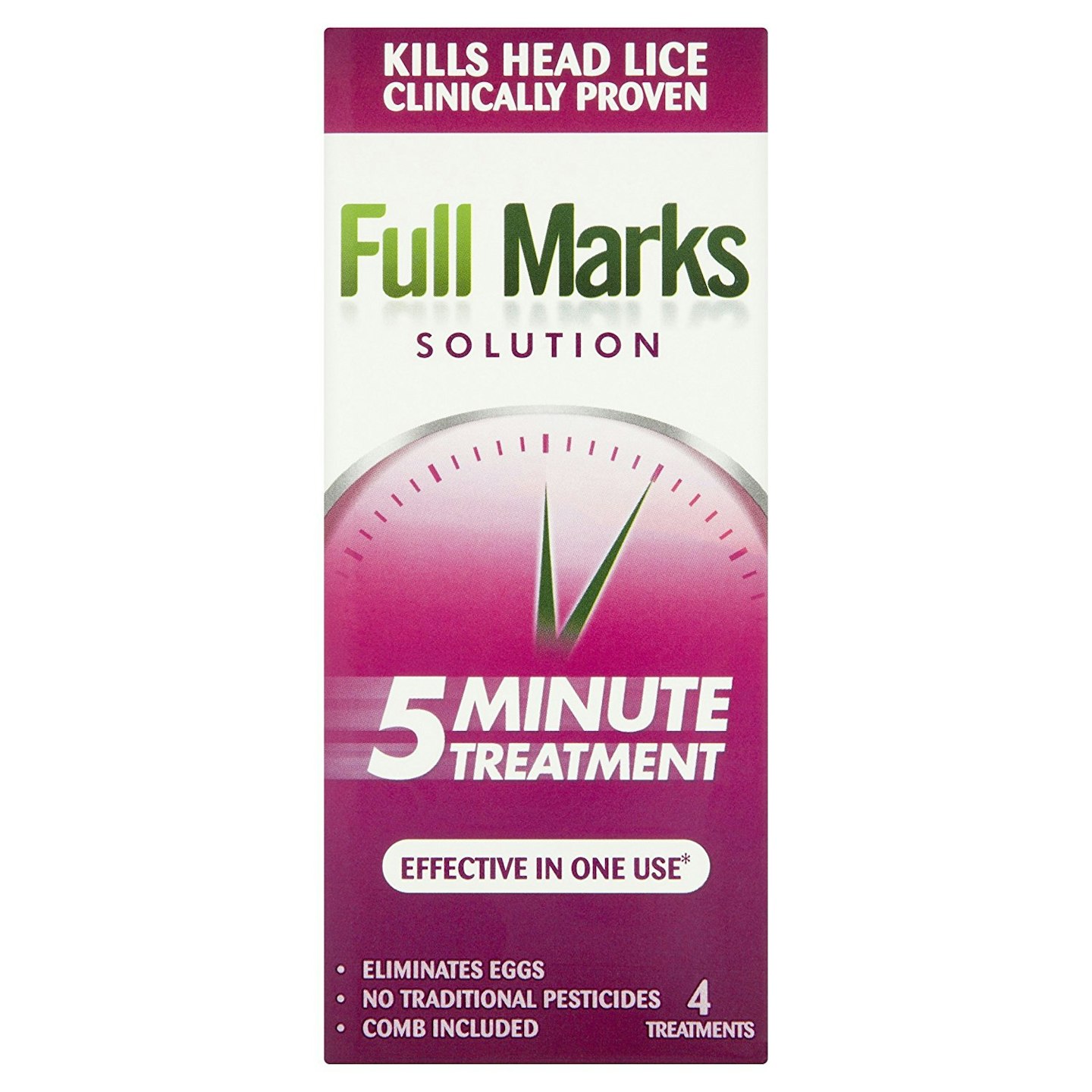 2 of 9
2 of 9Full Marks Solution 4 Treatment, £7.90, Amazon
Containing both a treatment and the nit comb, this five minute treatment is a best seller when it comes to killing head lice. With four treatments in the box, this should (hopefully) last you a while.
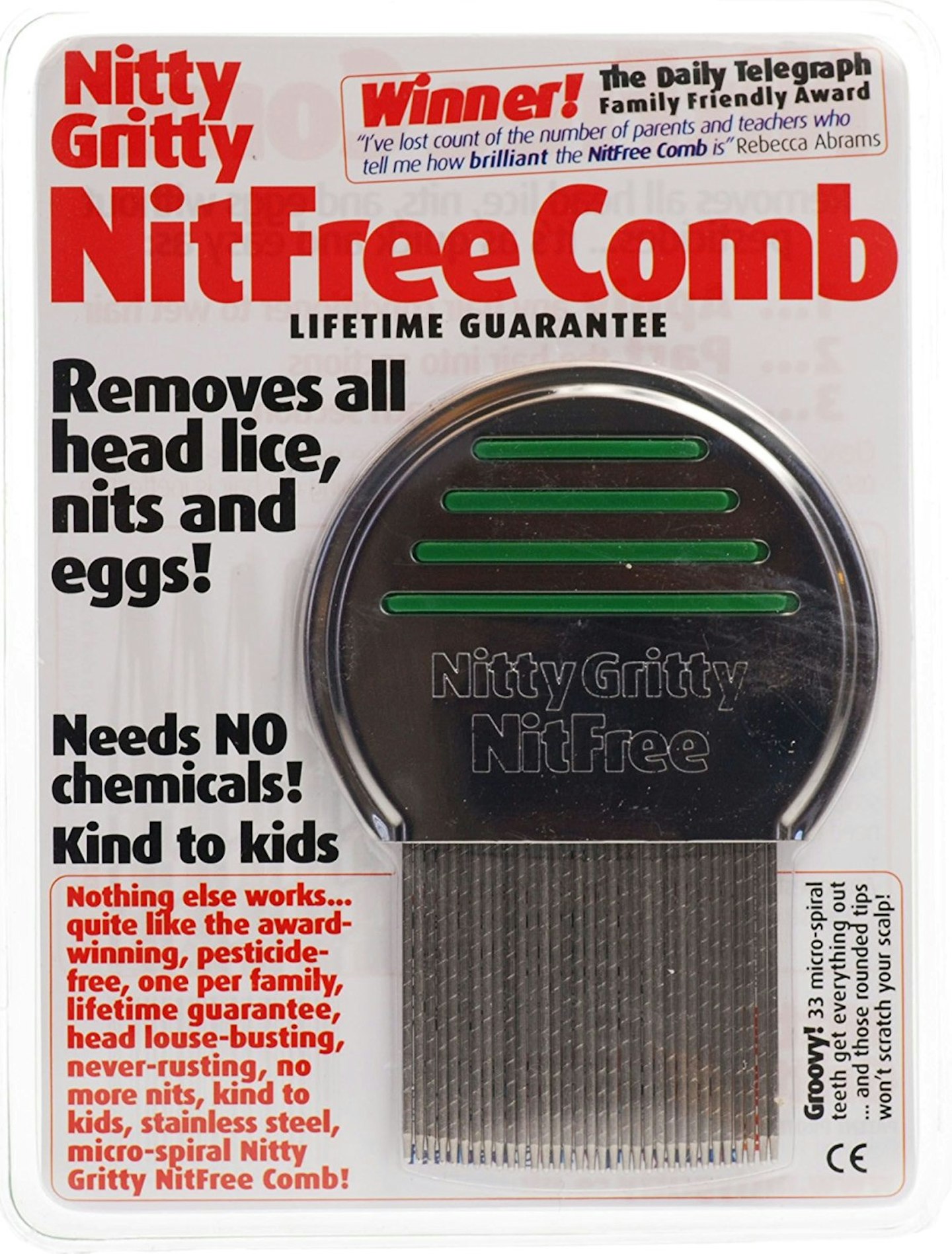 3 of 9
3 of 9Nitty Gritty Nit Comb, £8.99, Amazon
This bestseller has micro-spiral grooves to remove any head lice and eggs on your child’s scalp. This can be used alongside your child’s normal shampoo and conditioner, so it's a good option if you’re worried about harsh chemicals on your baby’s scalp.
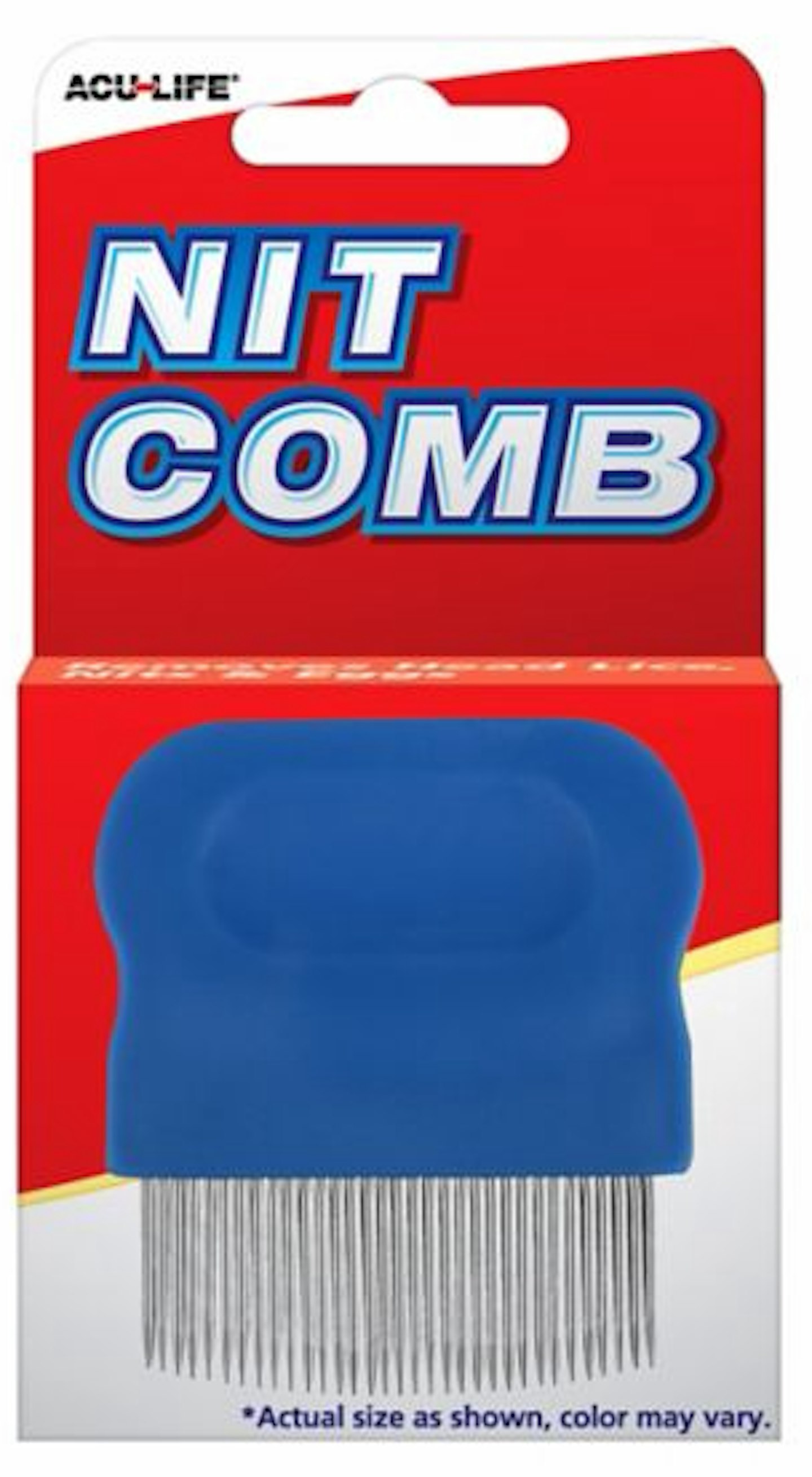 4 of 9
4 of 9Acu-Life Nit Comb, £3.99, Boots
Working on all hair types, this comb works on wet hair to remove all head lice, nits and unhatched eggs from your child’s hair.
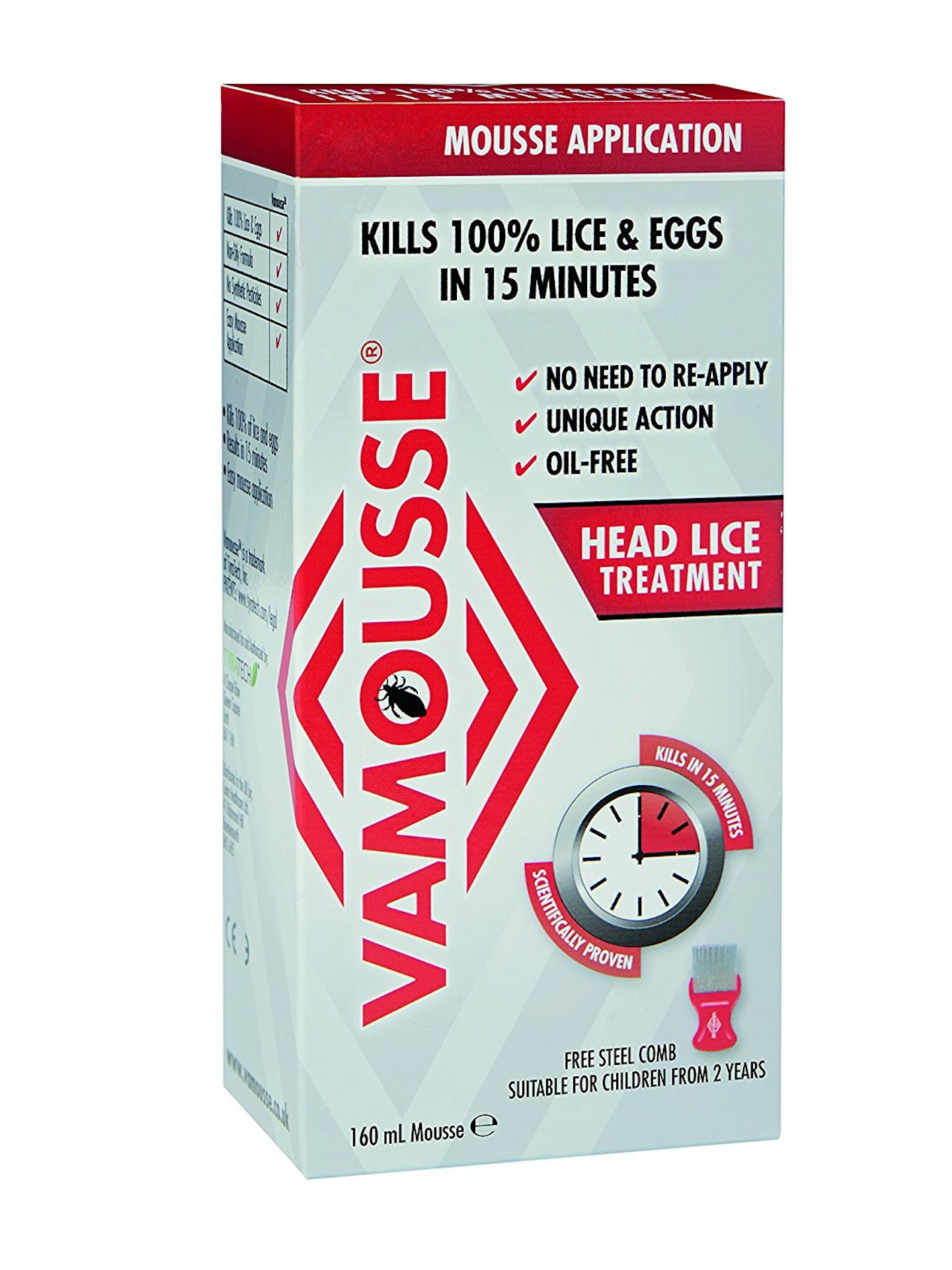 5 of 9
5 of 9Vamousse Head Lice Treatment Mousse, £11.10, Amazon
Killing lice and eggs this non-toxic mousse is pesticide free. With a comb inside the box, use both for optimum results.
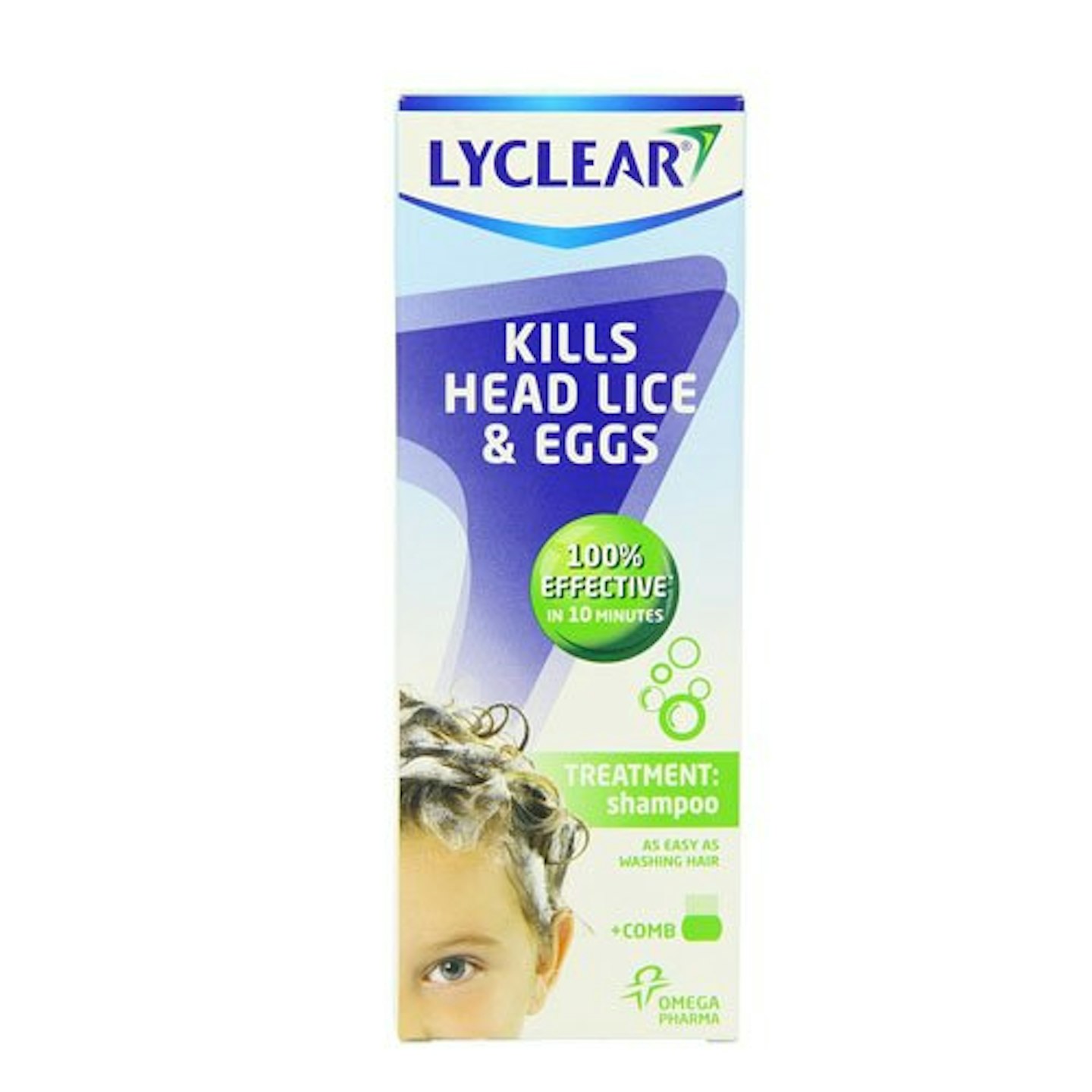 6 of 9
6 of 9Lyclear Shampoo and Comb, £14.99, Amazon
Another products need to be left in for ages, but this one only needs to be in around ten minutes to be affective. It’s recommended you repeat the treatment after seven days to ensure no missed eggs have hatched.
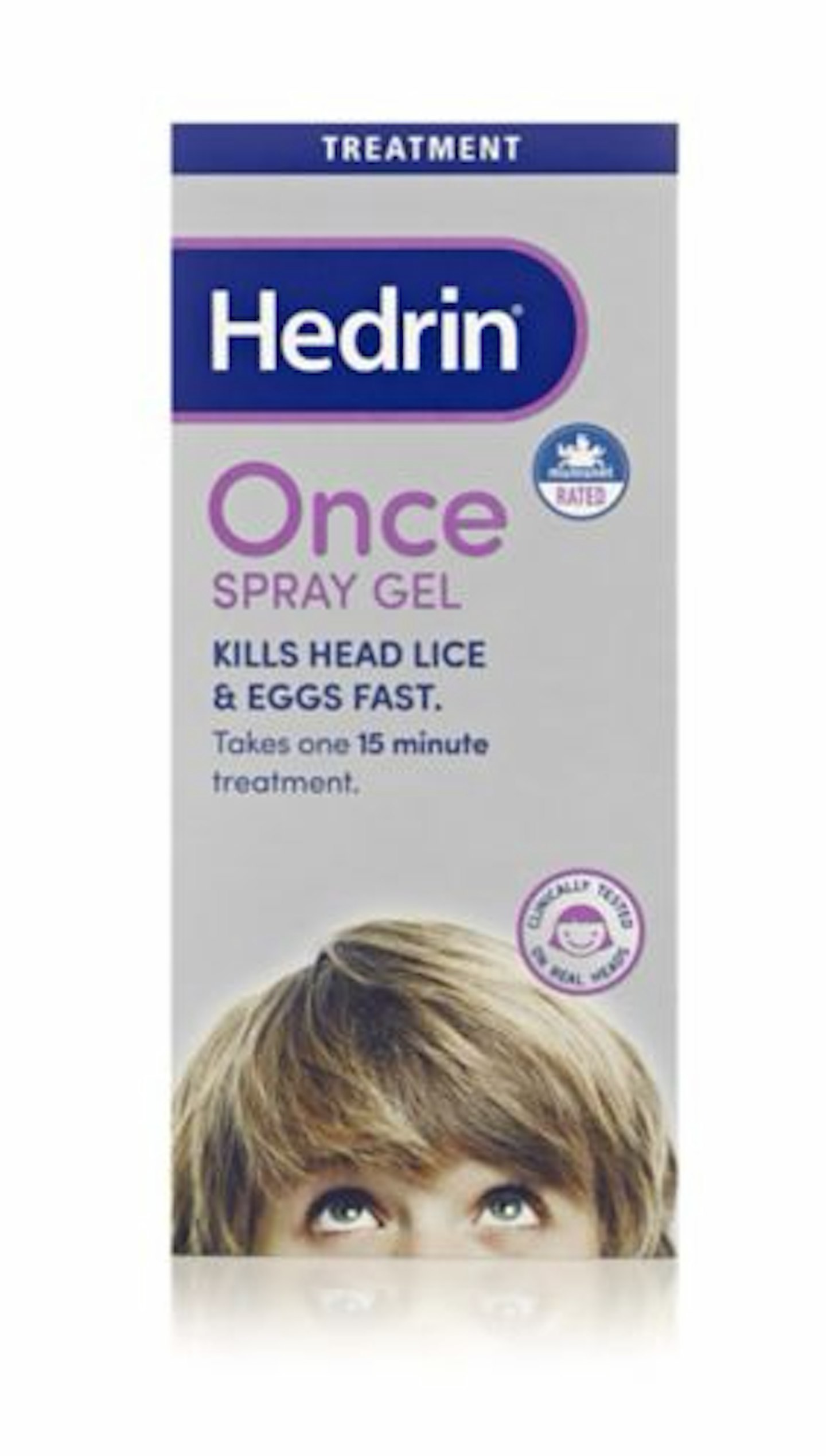 7 of 9
7 of 9Hedrin Spray Gel, £10.00, Boots
Not suitable for children under six months, this gel should be spread thoroughly throughout the hair from root to tip in order to kill head lice, nits and unhatched eggs. The gel needs to be left on the hair for at least one hour, then washed out. This will need to be repeated seven days later to ensure no extra eggs have hatched.
 8 of 9
8 of 9Boots Pharmaceuticals Head Lice Solution, £9.00, Boots
This product is only suitable on children over two, and helps to kill head lice in just 15 minutes.
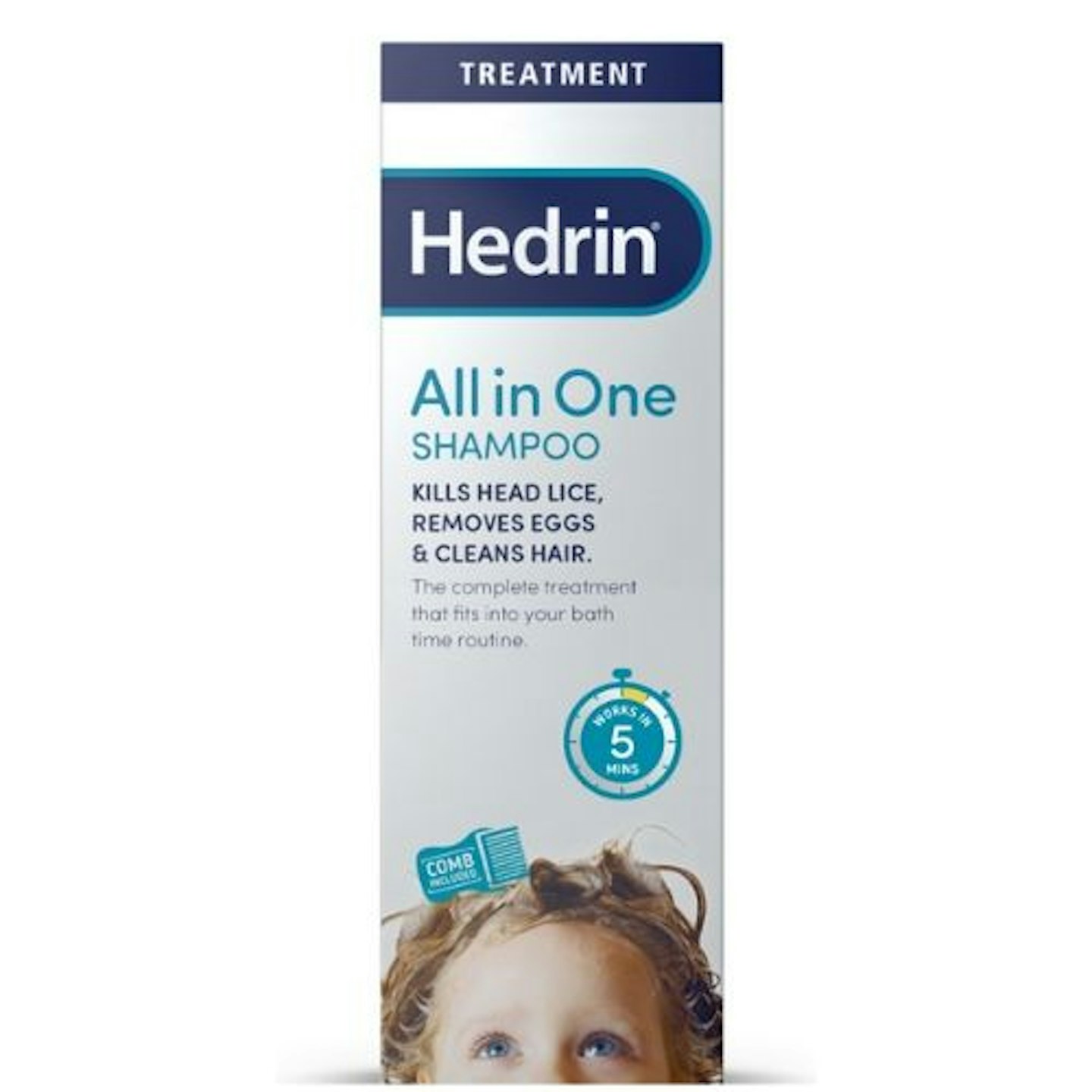 9 of 9
9 of 9Hedrin All-in-One Shampoo, £9.99, Amazon
We loved the gel so much that we had to include the shampoo too... The shampoo has been clinically tested and allergy certified.
How can you prevent head lice?
Unfortunately, head louse are almost inevitable, but you can try things like keeping your toddler’s hair tied up or plaited as lice normally cling to loose hair. Wash all your family’s pillows and clean headrests and head towels frequently to avoid lice spreading.
You can keep an eye out for any lice by regularly combing every family member’s hair with a detection comb – this way you’ll be able to treat an infestation quickly.
The NHS advises that there is no research that suggests any ‘prevention’ sprays or lotions really help stop the spread of head lice.
Can head lice live on bedding?
Despite being able to survive on a human host for up to a month, head lice will not die within 24 hours of being removed from the scalp, so it's unlikely they can spread on bedding unless your little one lies on the same pillow within this time. If you’re worried about your kid's bedding, put it in the wash straight away. When it comes to furniture and car seats, use the hoover on any areas that might have been infected.
Can head lice jump?
No, as the NHS outlines, head lice cannot fly, jump or swim from person to person and you are unlikely to spread head lice on objects such as hats, combs and pillows. Once removed from the human scalp, head lice will die within 24 hours.
